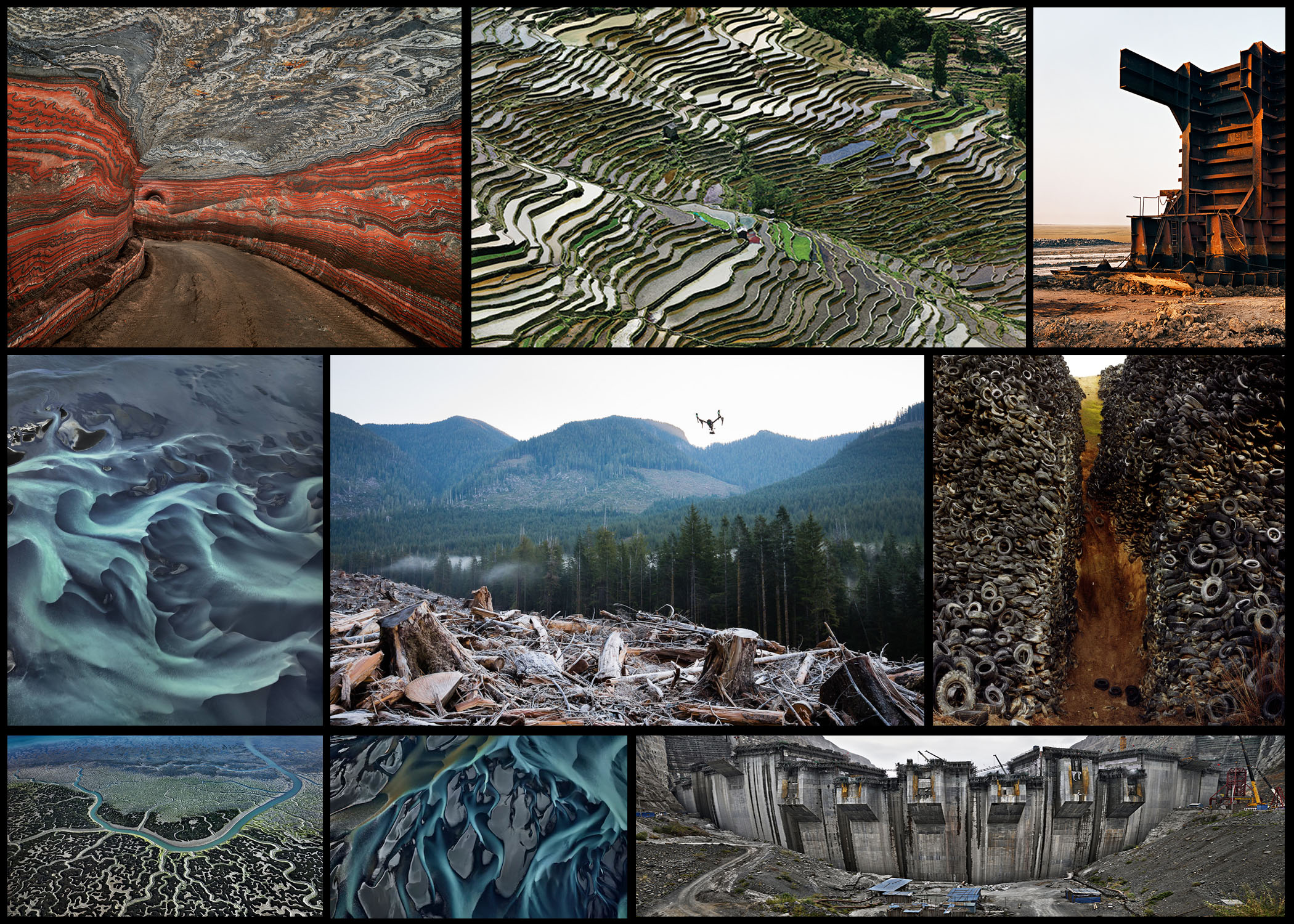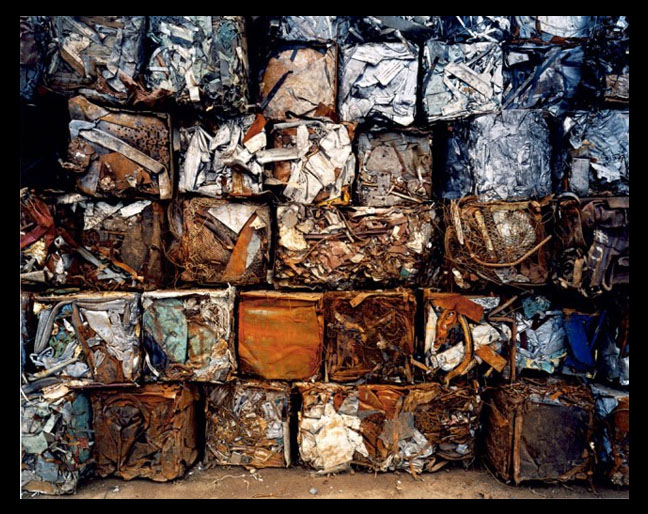Who is Edward Burtynsky?
Born 1955, Ontario after his parents migrated to Canada, Burtynsky’s interest for photography came about after a widow sold her camera to his father, from here both of them practiced making monochrome photo prints. They later opened a small portrait photography business with his sister during the 1970s, where he soon started working at a printing press to then joining Niagara College to have a graphic arts diploma, with later in life enrolling into the Ryerson Polytechnical Institute in 1982. He later started to use digital cameras with higher resolutions in 2007.
Most of Burtynsky’s photography are landscape views that have been distorted by piles of scrap, quarries and tailing mines, presenting nature as altered by the industries around them. Most of his trips were to China, photographic emerging industry settings such as the Three Gorges Dam, the largest engineering project in the world. Most of his influence comes from the works of Edward Weston, Carleton Watkins, Eadweard Muybridge and Ansel Adams, whose work he continual saw at the local Metropolitan Museum of Art. Most of Burtynsky’s work has been shot using a field camera with a large format, using an aerial approach mostly in his work to be able to gain a vantage point.
Following these Burtynsky produced some photo series named: Makrana Quarries in India, 2000; Iberia Quarries in Spain, 2006; Ship-breaking in Bangladesh, 2000 to 2001; Urban Mines: Metal Recycling, Canada Tire Piles, USA from 1997 to 1999; Australian Mines in West Australia. However in 1985 Burtynsky established Toronto Image Works, a rental facility for a darkroom and equipment, with a year later turning it into a gallery opened within the space that displays the work of international and local artists. Here is a mood board of various images taken by him that I thought to be of particular influence: After reviewing some of his works I decided to analyse a photography that I thought summed up his style of work the best. To do this I would be looking at three specific topics: visual aspects, technical aspects and conceptual knowledge. These would allow me to incorporate his working style into my work which I could use as influence. The image I chose was “Densified Scrap Metal” (1997):
After reviewing some of his works I decided to analyse a photography that I thought summed up his style of work the best. To do this I would be looking at three specific topics: visual aspects, technical aspects and conceptual knowledge. These would allow me to incorporate his working style into my work which I could use as influence. The image I chose was “Densified Scrap Metal” (1997):
Technical: The image itself uses bold colours in a symmetrical pattern as its main means of putting the message of consumerism across. This is done through the use a vignette which boxes in the image to highlight the issue of the image present, whilst also being complimented by a higher saturation which brings out the oranges and silvers which make up most of the cubes. Because of this the majority of the image is more or less stock, with most of the colours and composition being left as it was taken, meaning not much work was done to it, with the only adjustments being the vignette and saturation. The image is more or less taken with a high resolution camera in order to capture the image to the best detail possible.
Visual: Visually the picture uses man-made symmetry as the main form of aestheticism. The use of creating a high definition image creates what would otherwise be ugly beautiful, due to the highlights and shade which accompany it, this present a new perspective towards the landscape with many seeing it as art instead of a scar. Symmetry is hugely present as the floor acts as a way of neutralization for any blank space which could potentially ruin the image and stopping the pattern from becoming too overpowering, preventing the photo from just consisting of scrap metal.
Conceptual: This photo was taken to raise awareness towards the impacts and result of consumerism, looking into how we respond to this overwhelming waste that we produce on a weekly scale. The image itself looks into the aestheticism but also devastation we cause towards our natural environments, attempting to shed light onto how we deal with our consumerism and how we can tackle the increase of waste.
